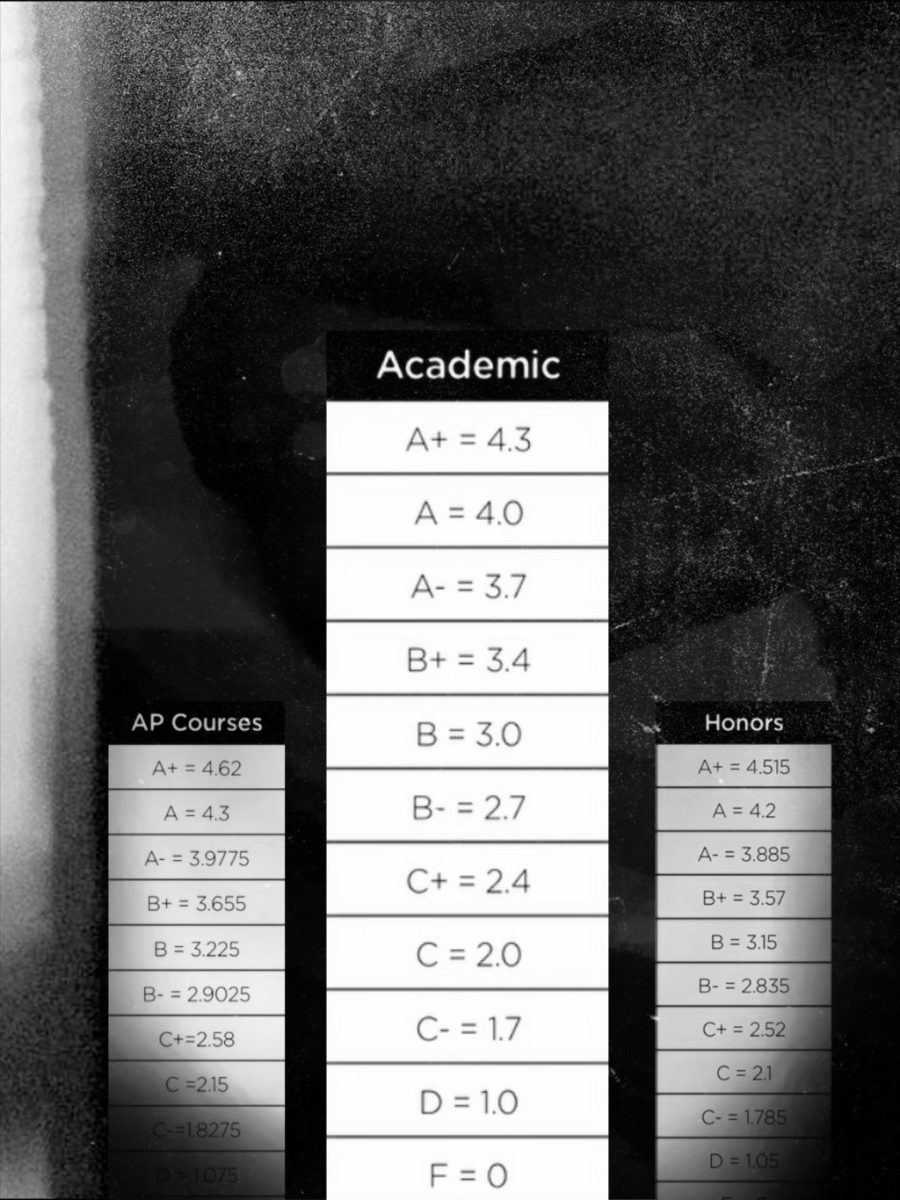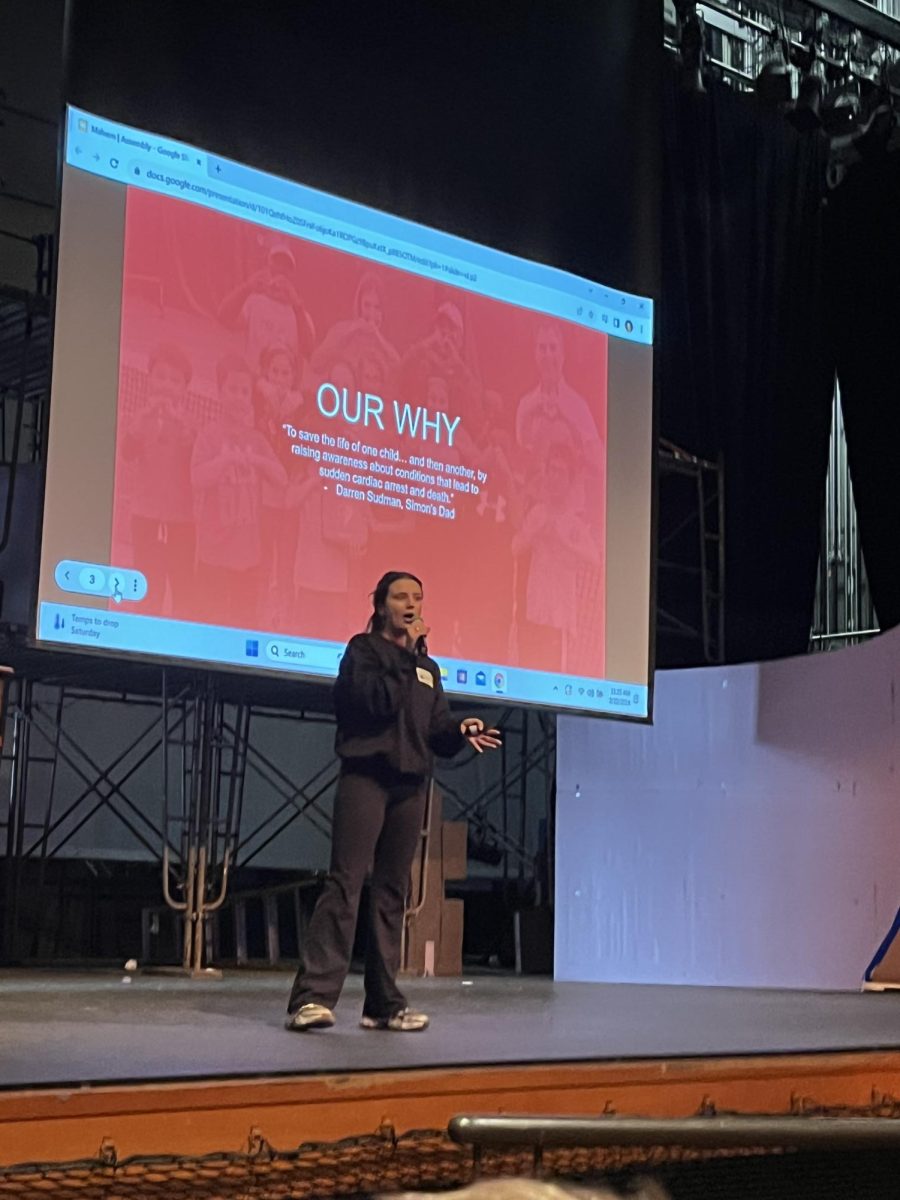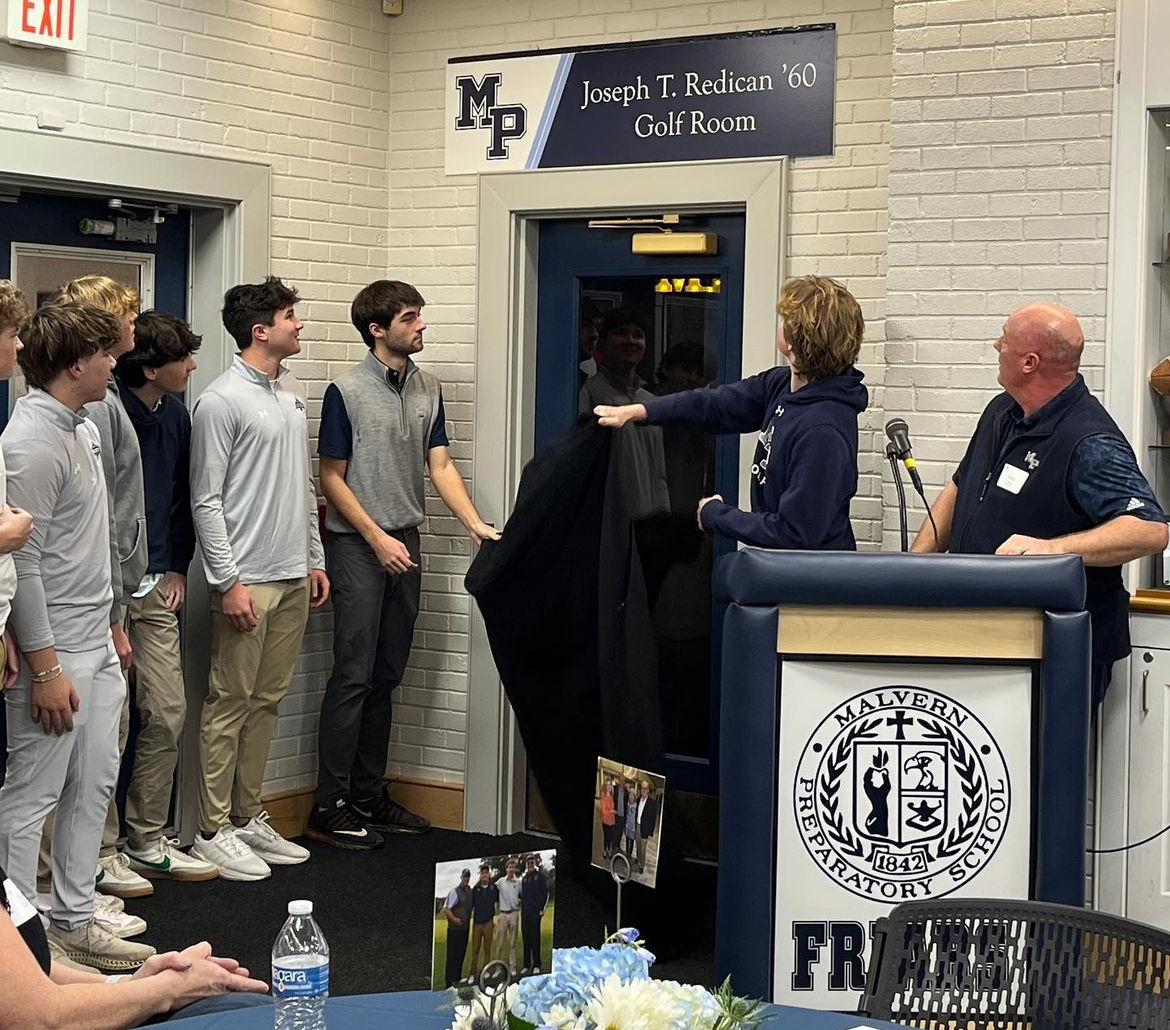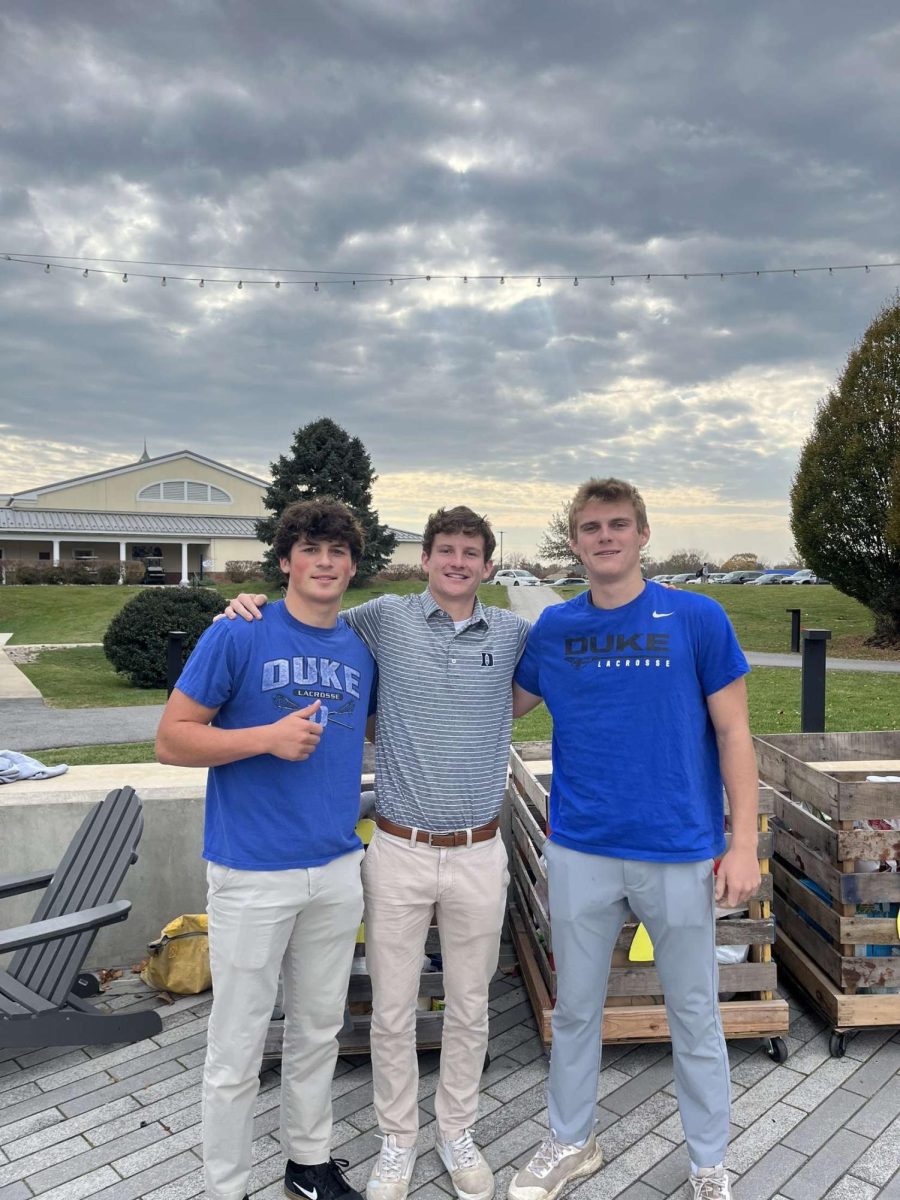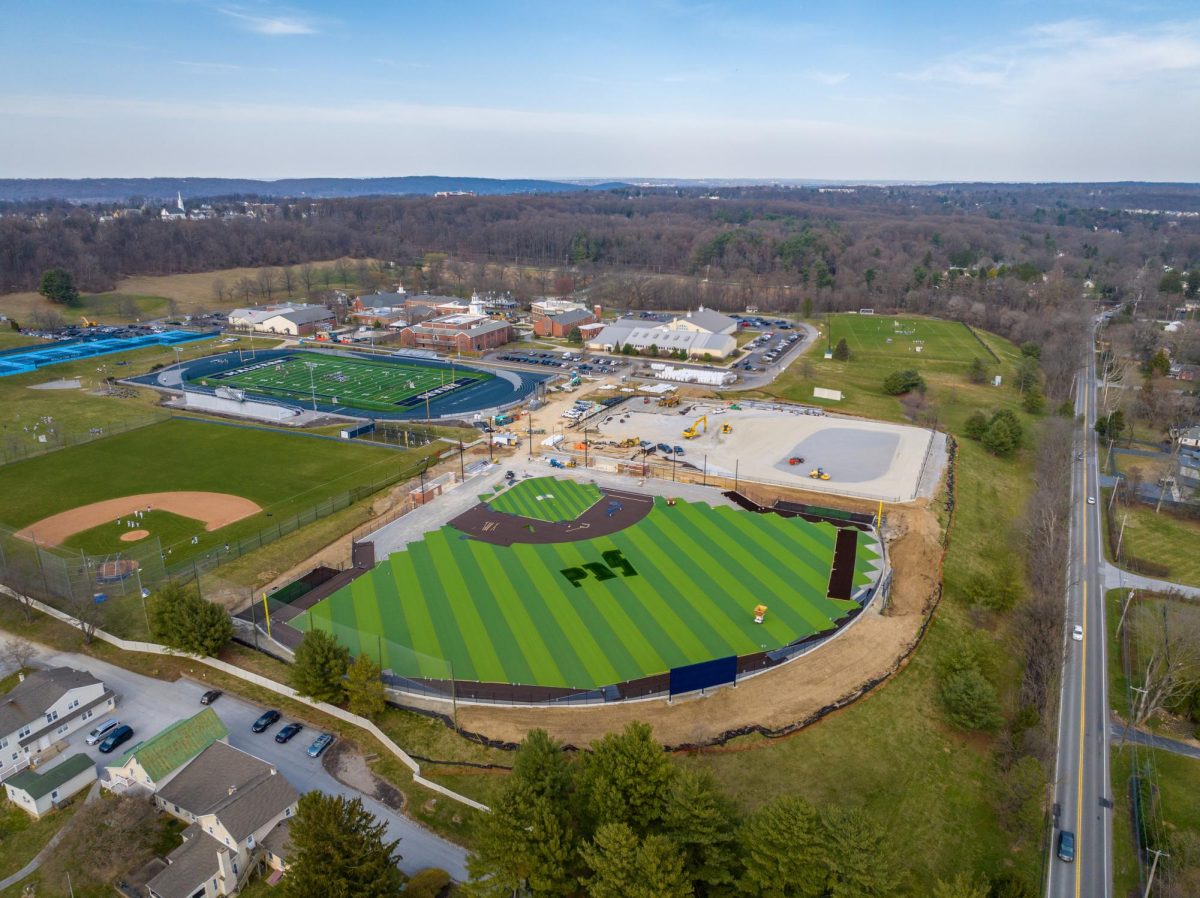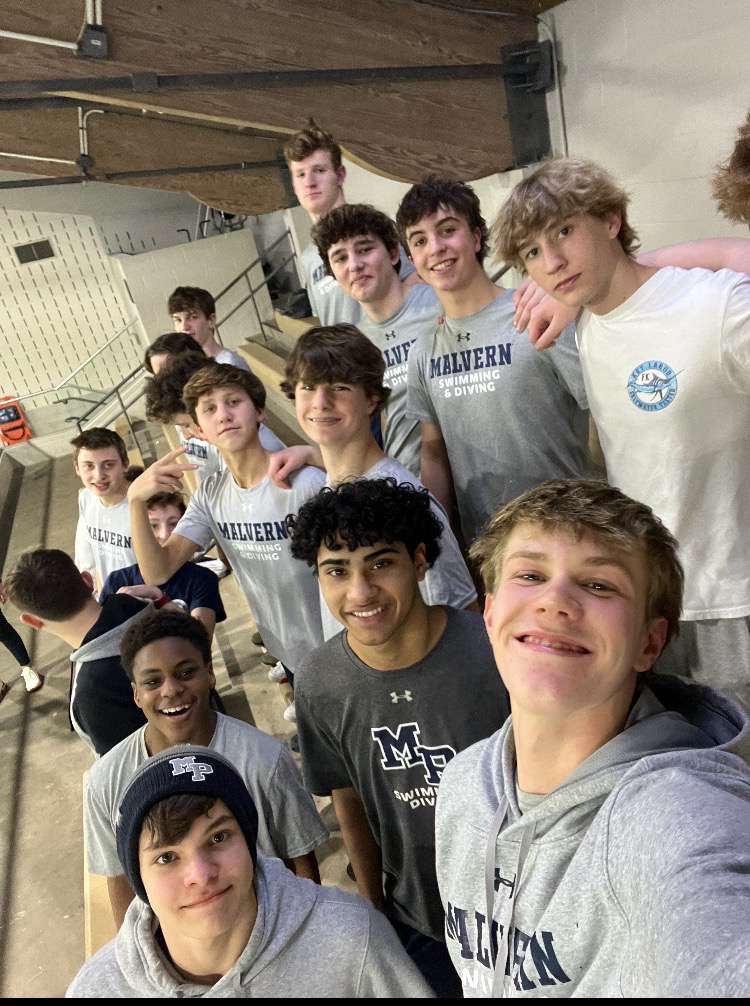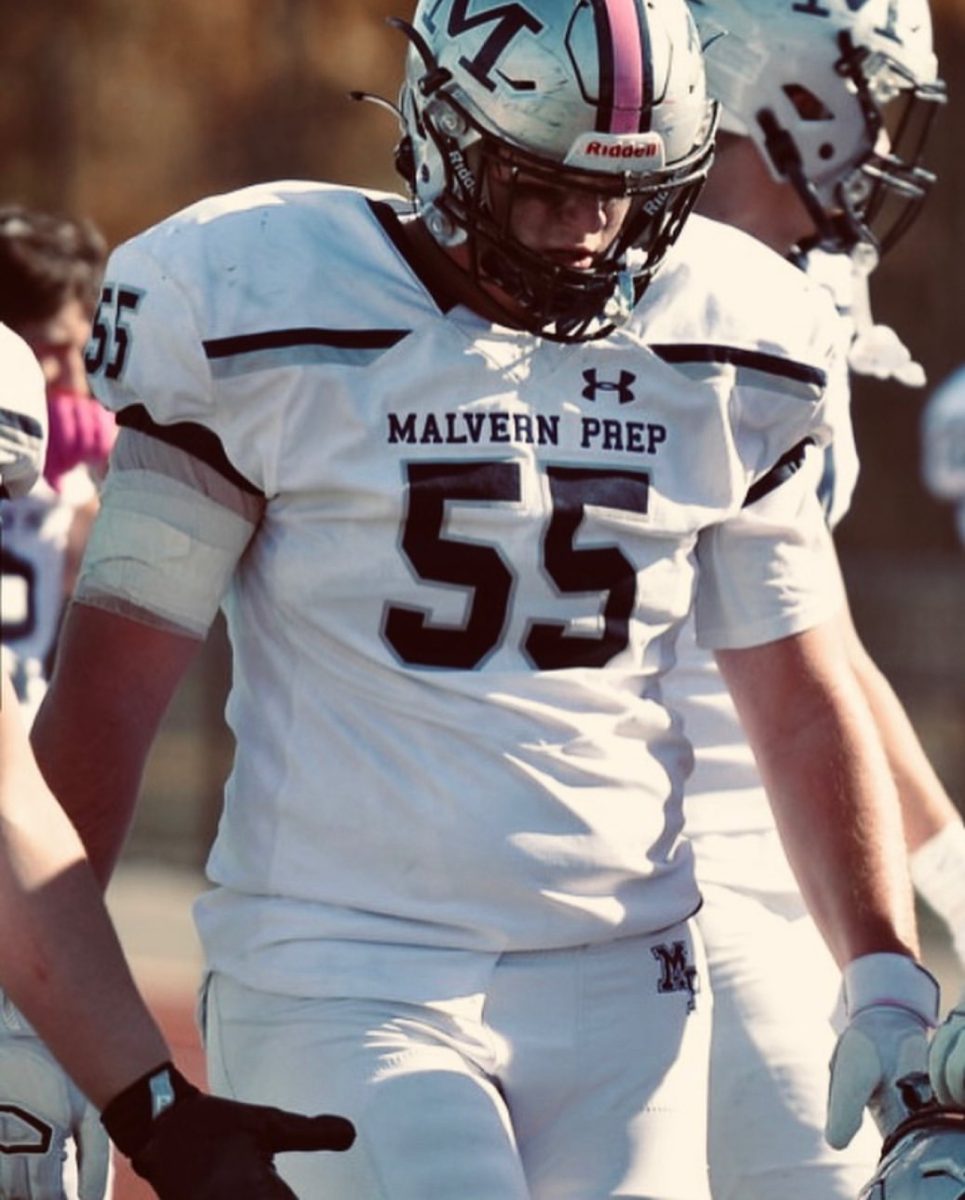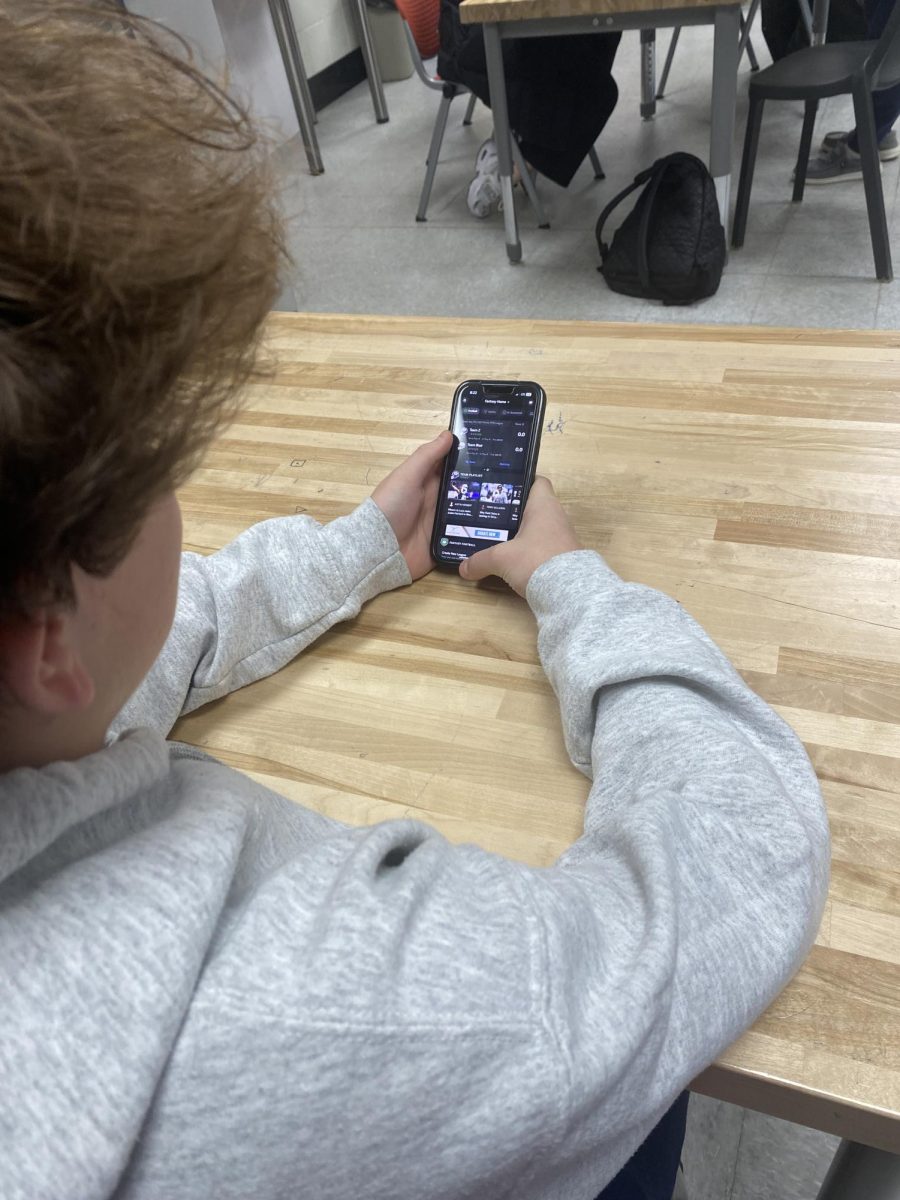AAU is more than just an organization. To some, it is a business.
Every year, Malvern Prep students and other students on the Main Line are actively involved in Amateur Athletic Union (AAU) programs. But more and more, Malvern athletes’ involvement in these programs are at the cost of Malvern athletics.
According to the AAU’s mission statement, the organization strives “to offer amateur sports programs through a volunteer base for all people to have the physical, mental, and moral development of amateur athletes and to promote good sportsmanship and good citizenship.”
According to its website, the AAU has had around 700,000 athletes and 150,000 volunteers. It has helped create jobs, careers, and high quality play for years. But there are some aspects of AAU Programs which can benefit colleges at the expense of high school sports– including Malvern.
“Let’s talk historically about AAU, because I think that is important to the whole conversation,” Athletic Director Kurt Ruch said.
 Ruch has been coaching high school sports since 1989, and back then, the AAU in all sports was not officially around. According to Ruch, in the past 20 years, the AAU Program has grown substantially.
Ruch has been coaching high school sports since 1989, and back then, the AAU in all sports was not officially around. According to Ruch, in the past 20 years, the AAU Program has grown substantially.
“In the 1990’s you started to see the change, where people started to put together AAU Basketball. This was only for the high level, really good players, and they started to play on these ‘all-star teams’ and they would play year round,” Ruch said. “That started to trickle down, and baseball kids began to do this, and so far and so forth.”
Mr. Joseph DeBarberie, head baseball coach at Monsignor Bonner High School, has also seen an increase in AAU programs.
“The AAU programs have grown tremendously because other people, including parents, decided they wanted their kids to be involved in the AAU programs because they felt that was the best opportunity for them to get to college and be seen,” DeBarberie said.
In the past five to eight years, the AAU programs have gained a reputation as being a popularity contest, where there is a race to be on the better team.
“Now, it is a ‘free-agent market’, you see parents moving their kids to other teams so that their son can get the spotlight,” Ruch said.
Some of the benefits that the AAU does provide is that it allows college coaches to find players easily. Instead of following high school teams, they follow AAU teams.
“The main recruiting time for college coaches nowadays is during AAU tournaments,” Ruch said. “They can go to a tournament, watch 60 different teams in a given weekend, and get information on 300 kids rather than going from high school to high school, day by day, missing out on kids.”
This can be seen as either a positive or a negative, depending on perspective.
“If I am a college coach, I am loving the AAU because I can get more bang for my buck. I can see more kids, more games, and get be able to connect with more people.” Ruch said. “From the high school’s standpoint, their season is not in the spotlight anymore.”
For players, however, being exposed to more coaches can be very beneficial.
“The pros are definitely getting a lot of exposure just by going to tournaments, showcases and camps,” senior baseball player Matthew Daller said.
Daller is committed to play baseball next year at the University of Rhode Island. “When you are with the AAU team, you do not really need to find the showcases. The AAU program brings it to you,” he said.
 Coach DeBarberie agrees that AAU has had an invisibility effect on high school baseball.
Coach DeBarberie agrees that AAU has had an invisibility effect on high school baseball.
“I’m not sure that it is at the cost of high school,” DeBarberie said. “But what it does, from a high school perspective, is that we have become almost obsolete in terms of people’s thoughts on developing players.”
However, DeBarberie believes that high school coaches still play a role in the development of players that propel them to the AAU level.
“My position is that the AAU teams have been great for being seen, but they do not really practice like we practice. Our high school coaches are playing two games a week, and practicing on the off days. We are actually preparing them for their summer AAU team,” DeBarberie said. “I firmly believe that we, as high school coaches, still have an opportunity to develop players— not necessarily the best players. I am talking about the guys who are not at that upper echelon level.”
One of the main effects of the AAU program is that it has changed the whole recruiting process.
“The colleges now are having their own events on the weekends. You pay them to get in front of their coaching staff, and they are able to evaluate every single one of those kids who come to their school.” Ruch said. “And they are making money off of it.”
According to Ruch, all of this boils down to the reality of the situation.
“The business aspect of recruiting, colleges, and making money has changed the whole outlook on how everything is being run,” Ruch said.
Also, due to the exposure of the AAU and club teams, it is at the cost of the high school.
 “One of the main things that is changing [is that] there are club teams that limit their kids from playing high school sports,” Ruch said. “These kids are heavily talented at the national level, but because they do not play in high school because it would go against their AAU or club teams.”
“One of the main things that is changing [is that] there are club teams that limit their kids from playing high school sports,” Ruch said. “These kids are heavily talented at the national level, but because they do not play in high school because it would go against their AAU or club teams.”
This is seen in soccer teams, but not in sports such as baseball. But AAU still has its effects on the team.
“[AAU Baseball] does not really hurt our team during the year,” DeBarberie said. “Sometimes, what we find is that we may be teaching a certain way to play the game, and sometimes we hear pushback from the players who say ‘Well, this is what my AAU coach told me.’ In that respect, you just have to make them aware that this is our program and this is how we are going to do it.”
Daller also cited that AAU and high school seasons do not conflict with each other.
But, Ruch on the other hand sees this becoming a problem in the future.
“Soccer is just the first wave,” Ruch said. “Because now, other high level programs will start seeing that and say that ‘We don’t want to see kids wasting their time with a high school program. We only want them to work out in our program.’ If our society does not do something about it, you are basically going to take away the whole part of high school athletics.”
A way to fix this problem, according to Ruch, is to have two separate schedules: one for high school and one for AAU, so that coaches can still scout their players and kids can play for their high school teams without any overlap. He used the hockey team as an example.
“In hockey, the high school season starts from November to March,” Ruch said. “Throughout that whole time, you still have club teams going. We have instances where we can not play games on certain weekends, or go into a game where we have key players missing due to their travel teams. There are times where kids do not go out for fall sports because they are playing fall baseball. This can also be seen with our lacrosse team and other teams.”
DeBarberie and Ruch realize what the effect of playing the same sport year round can have on a player and how it is becoming more and more common.
“I would rather have kids play other sports, and I do not think that you can concentrate 12 months a year on one sport. It is not good for you emotionally and it is not good for you physically,” DeBarberie said. “We try to get as many kids as we can in our program who are multi-sport athletes. I think in high school, you need to be a multi-sport athlete, and to try everything you possibly can.”
“When I grew up, you had kids that were three and four sport athletes in high school― and that meant something― there were special awards for those kids,” Ruch said. “Now, you are lucky to get a kid who plays two sports, and even that second sport, he is hit or miss playing it.”
Another aspect with AAU and club teams Ruch cited is that the overuse of kids has caused them to burn out and result in getting injured.
 “There are kids with more elbow surgeries, shoulder issues, more back problems because all they are doing is playing one sport year round.” Ruch said. “They are not getting the different sports to develop their muscles and abilities and parts of their athleticism.”
“There are kids with more elbow surgeries, shoulder issues, more back problems because all they are doing is playing one sport year round.” Ruch said. “They are not getting the different sports to develop their muscles and abilities and parts of their athleticism.”
Being an AAU coach has also made older coaches become less popular with high school baseball teams.
“More and more schools are hiring younger coaches that are involved in AAU programs because then their schools are going to be able to have a better chance of coming to their school,” DeBarberie said. “Schools are not going to hire a 50 to 60 year old coach.”
According to Ruch, one of the main differences between these two programs is that they do not have the same philosophy. One that is centered around money, and the other that is centered around shaping a kid in all aspects.
“AAU people are in it for money ― it is business to them,” Ruch said. “We are in it for an education. We want to shape a kid for all aspects, from the academics, to the athletics, to the arts, where one of these AAU programs only care about it getting a check, putting that kid into a college, so they could go out and recruit the next kid.”
It is important to realize that AAU gets in the way of high school sports, just as much as high school sports gets in the way of AAU. It is all in the manner of what side you are on which determines your stance.
“I am not going to sit here and say that all of them do not care, but it is a business. At the end of the day, they are getting a check. This is a full time job for some of these people. All they are doing is taking that check, playing that team, and going out and doing a year long program,” Ruch said. “Since I am a teacher, I am in the business of being in school, so all I care about is the academic, athletic side, so they can say the same thing about me and reverse it. Now, the guys that are coaching those AAU programs still have a care about their players’ education.”
According to DeBarberie, parents have started to play a bigger role in the baseball aspect of the AAU organization.
“Now, what has happened is the parents and the people involved with the middle level players said ‘Let’s start our own AAU team, and we will do the same thing as the other AAU teams.’” DeBarberie said. “With this, the AAU teams have started to become watered down. There are a lot of AAU teams out there that are not at the level of quality of those other programs.”
Ruch also believes that parents play a key role in AAU. “Parents think that this is a golden ticket to college,” Ruch said.
That ticket does come at a cost. For example, AAU Basketball can cost up to $4,000 per year without the cost of transportation, hotels, food, and other appliances.
But how likely are those odds for college athletics? After the 2014-15 season, the NCAA released a chart which compared the probability of playing college sports after playing sports in high school. The highest percentage was 24.1%, for women’s ice hockey players. The next two highest were 12.3% and 12.9%, for men’s and women’s lacrosse, respectively.
“The AAU costs money,” DeBarberie said. “It costs a lot of money. We try to direct our players to go to a showcase at a college where you can pay a smaller amount of money to be seen by 20 to 30 coaches at that college. That is much more cost effective than maybe spending the whole summer traveling around playing on a AAU team.”
Ruch also believes that the amount of money spent on the AAU programs is excessive.
“What should you be focusing your money on?” Ruch said. “In reality, sports are a great outlet, but let’s focus on the academics. Let’s make sure that our kid is getting a really good education― put your money into those types of program, instead of worrying about AAU year round sports. Also, the really talented kids are going to be found. LeBron James was going to be found― he did not have to play on a travel team. If parents really looked at what they were spending, it gets to be ‘What are we doing?’”
From a player’s point of view, Daller also sees that AAU can be costly if you do not know what you are doing.
“It is really expensive,” Daller said. “But as long as you are not going to worthless showcases and tournaments, it is worth it in the end because you will find the right school for you.”
Despite all of this, Ruch said there should be a way for each program to coexist without stepping on the toes of the other.
“I think there could be a marriage between high school sports and AAU. I think they both can work together — but colleges have to help us.There should a set club and AAU season, and a set high school season so that colleges have the chance to see those two seasons, and see the kid in different lights,” Ruch said.
For AAU Baseball, this is not as much of a problem. AAU teams have already scheduled their seasons for after high school seasons.
“The first time Rhode Island saw me was at a Malvern game,” Daller said. “They were able to see me play in the summer for my AAU team. I do not think that if I played AAU baseball or not it would have changed anything, just because if they saw me once, they would have offered me.”
The bottom line is that Ruch believes that AAU programs are the problem of the future.
“This monster is one of our big issues in society right now, about what we are doing with youth sports, high school sports, and sports in general,” Ruch said.



